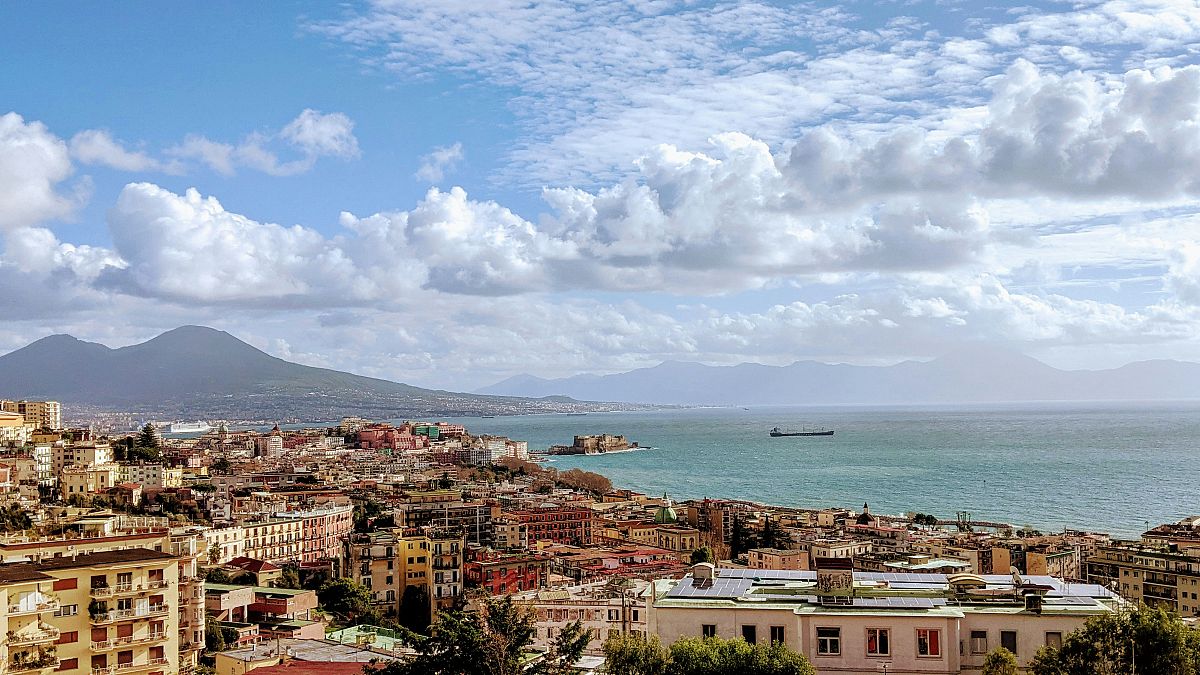The UK’s Foreign Office has updated its advice for travel to southern Italy. An area of southern Italy near Naples has been experiencing a surge in seismic activity this week. Campi Flegrei (Phlegraean Fields) is a volcanic caldera near Naples, Mount Vesuvius and Pompeii.
The volatile landscape has been shaken by a series of earthquake in the last few days. Hundreds of residents and the inmates of a women’s prison in the seaside town of Pozzuoli were evacuated on Tuesday. Schools are currently closed until Friday.

The government has earmarked €500 million for evacuations and safety interventions such as strengthening buildings. If you are visiting Naples or the surrounding area, here’s what you need to know. The Campi Flegrei is an active volcanic crater and the largest of its kind in Europe.
The last major eruption of the was in 1538. Now, a buildup of magma or gases beneath the surface is causing an uptick in seismic activity. The area experiences a phenomenon known as bradyseism, where the ground rises and falls due to under-surface pressure.
Though scientists say another soon is unlikely, many of the roughly 500,000 people who live in the red zone directly adjacent to the Campi Flegrei say they live in constant anxiety. The Campi Flegrei lie around 20 kilometres from . The southern Italian city has been feeling the tremors but there have been no casualties and or major damage to buildings.
Vesuvius and the archaeological park of are also close to the volcanic crat.
















